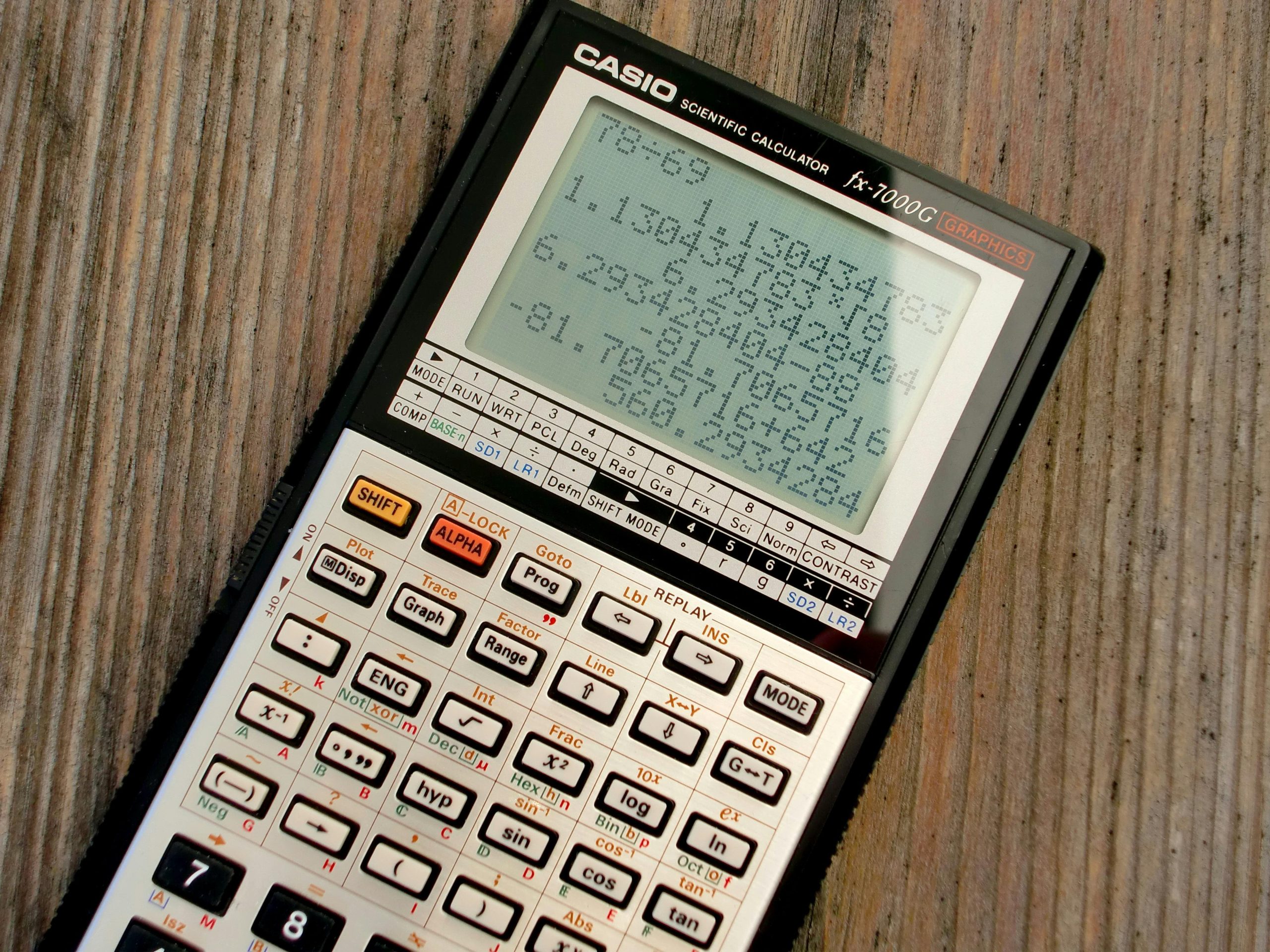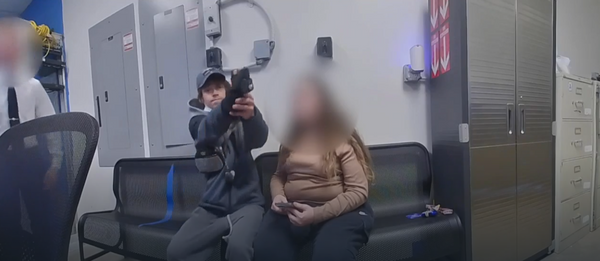“Buy One, Get One Free” (BOGO) deals are a powerful magnet for shoppers. The allure of getting something for “free” is hard to resist. Grocery stores and retailers use BOGO promotions frequently to move inventory and boost sales. While some BOGO offers provide genuine savings, others can be deceptive, leading you to spend more than intended or acquire items you don’t truly need. Understanding the common pitfalls of these deals helps you evaluate their true value. Here are six ways BOGO deals can sometimes deceive you, and how to approach them more critically.

1. Inflated Price on the “Buy One” Item
Sometimes, the price of the first item you must purchase to get the second one “free” is slightly inflated compared to its regular selling price or competitor prices. In this scenario, the discount on the “free” item is partially or fully offset by the higher price you paid for the first. You’re not saving as much as you think. How to Calculate: Know the item’s usual price. If the BOGO requires buying one at $5, but it usually sells for $4, your “free” item effectively costs you $1.
2. Forcing Purchase of Two When You Only Need One
The most common way BOGO deals lead to overspending is by compelling you to buy two of an item when you only needed or planned to buy one. Even if the per-unit price is good, if the second item goes unused or spoils (especially with perishables), you haven’t saved money. You’ve simply spent more and potentially created waste. How to Calculate: If you only need one, consider the BOGO price for two versus buying just one at its regular price. Is doubling your purchase truly worth the “free” item if waste is likely?
3. “Free” Item is of Lower Value or a Less Desirable Variety
Sometimes BOGO deals specify that the “free” item must be of equal or lesser value. Or, the promotion might apply only to specific, perhaps less popular, flavors, sizes, or varieties of a product that the store wants to clear out. You might end up with a “free” item you like less or wouldn’t have chosen otherwise. How to Calculate: Assess if you genuinely want or will use the specific item offered for free. If not, its value to you is zero, regardless of its retail price.
4. Encouraging Brand Switching to a More Expensive Option
A BOGO deal might be offered on a premium or more expensive brand that you don’t normally purchase. While getting one “free” seems like a good deal, the price of the single purchased item might still be significantly higher than your usual, less expensive brand. You might end up spending more overall than if you’d stuck to your preferred, budget-friendly option. How to Calculate: Compare the cost of buying two of your usual brand versus the BOGO deal on the pricier brand.
5. Creating a False Sense of Urgency for Unneeded Items
BOGO deals are often presented as limited-time offers, creating a sense of urgency. This can pressure you into buying items you don’t immediately need or hadn’t planned for, simply because the deal seems too good to pass up. This urgency can override rational purchasing decisions. How to Calculate: Ask yourself if you would buy the item at all if it weren’t part of a BOGO promotion. If the answer is no, the deal isn’t saving you money; it’s causing you to spend.
6. Masking an Everyday Low Price or Minor Discount
In some cases, a “Buy One, Get One Free” deal might sound more dramatic than a simple “50% Off Two Items.” However, mathematically, if both items are identically priced, BOGO is equivalent to 50% off each when you buy two. Stores might use BOGO framing because “free” is psychologically more appealing. Sometimes, the BOGO price for two isn’t much different from just buying two items at their regular, already competitive, price at another store. How to Calculate: Always look at the final price for both items and divide by two to get the true per-item cost. Compare this to other offers or regular prices.
Approach “Free” with a Critical Eye

BOGO deals can be a fantastic way to save money, but they require careful evaluation to ensure they offer genuine value and don’t lead to overspending or waste. Always scrutinize the price of the purchased item, consider if you truly need both products, and be wary of deals that push you towards more expensive brands or unneeded items. Understanding the psychology behind “free” offers helps you make rational decisions. The smartest shoppers know that true value comes from buying what you need at the best possible effective price, not just from the allure of getting something for nothing.
What’s your strategy for evaluating BOGO deals? Have you ever felt that a “Buy One, Get One Free” offer wasn’t as good as it seemed? Share your experiences and tips below!
Read More
The Ultimate Guide to BOGO Shopping: How to Get Freebies and Save Big
BOGO Shopping Secrets: Tips and Tricks for Savvy Shoppers
The post 6 Ways BOGO Deals Can Deceive You (And How to Calculate True Value) appeared first on Grocery Coupon Guide.







